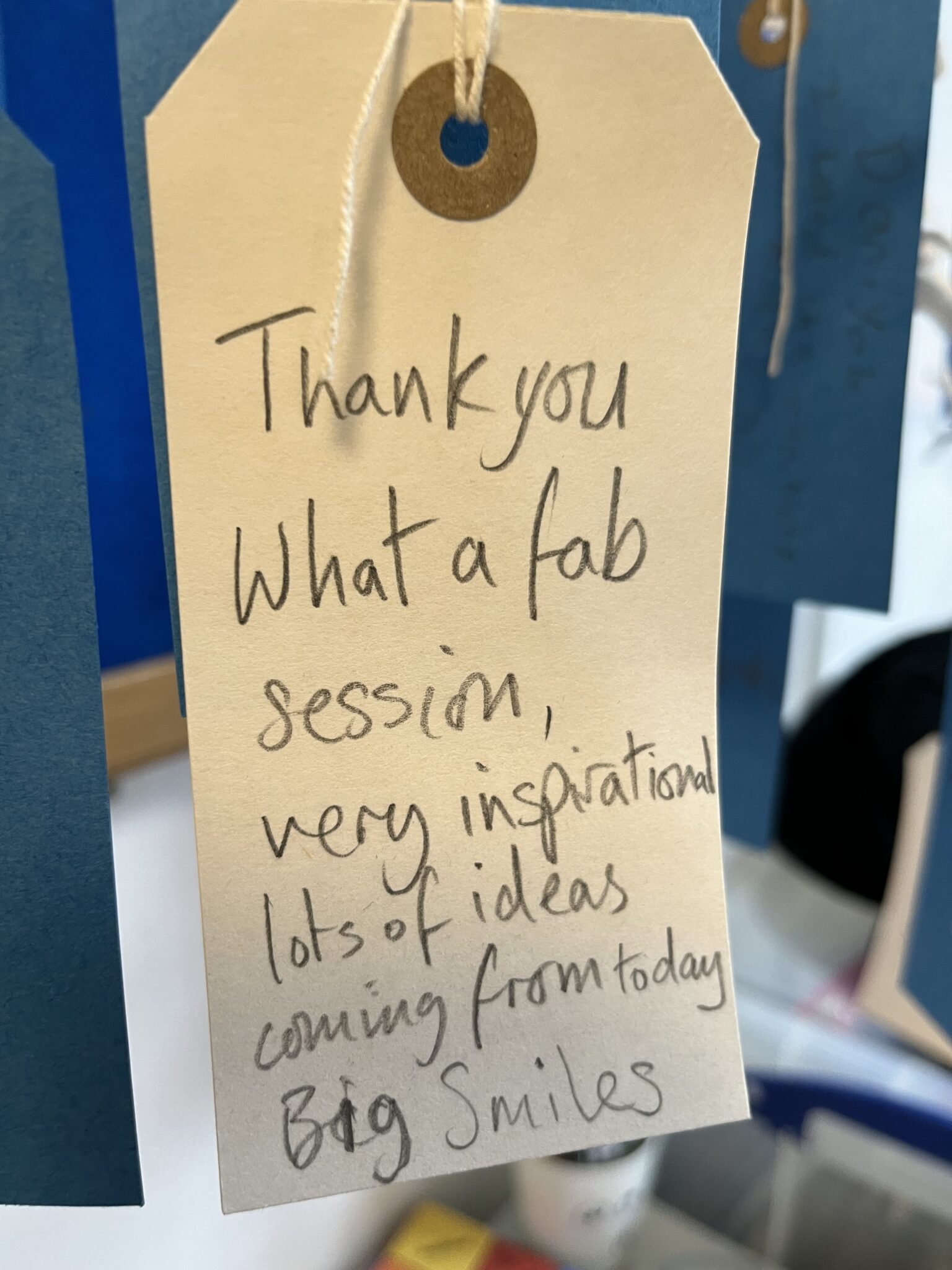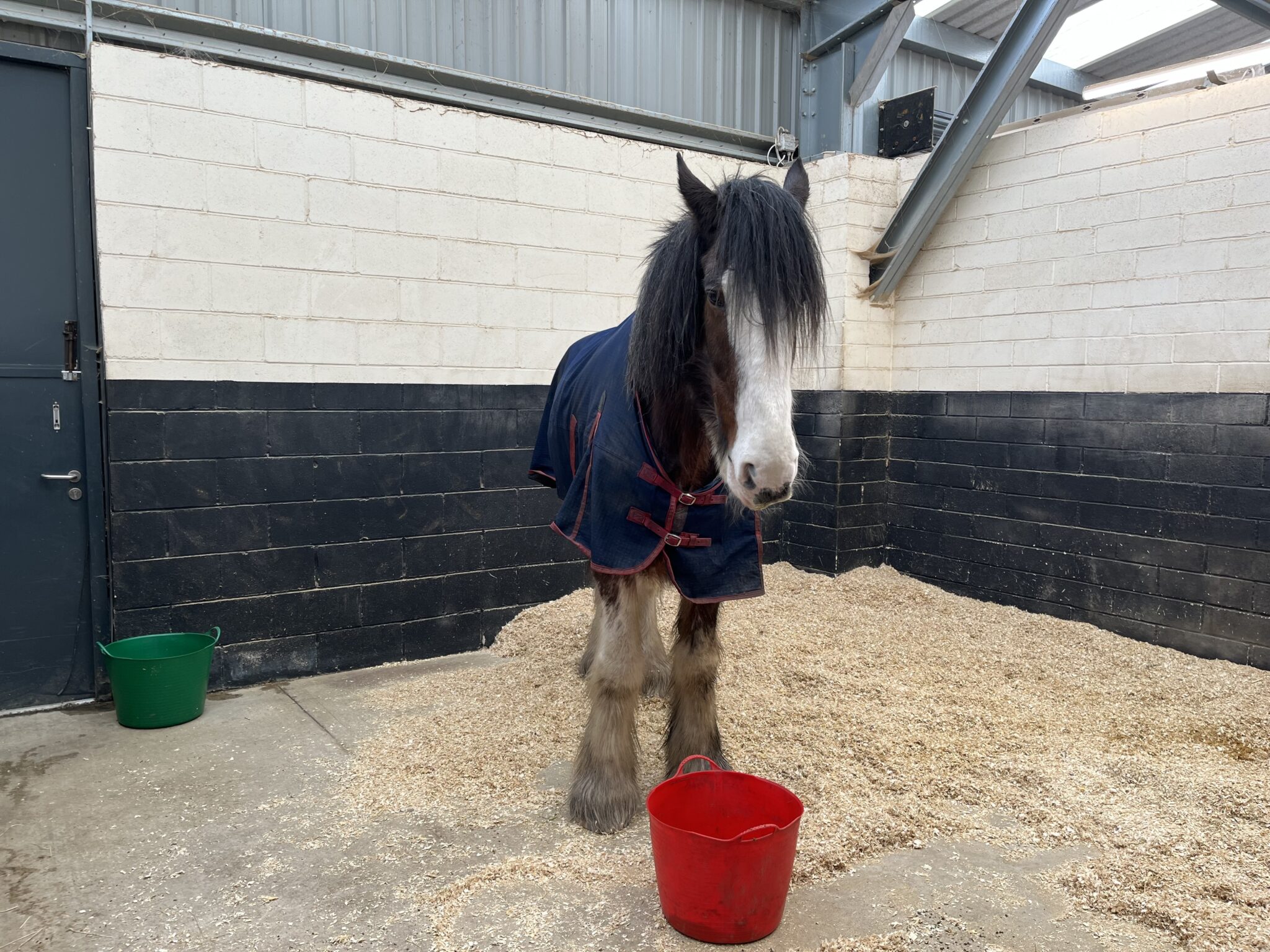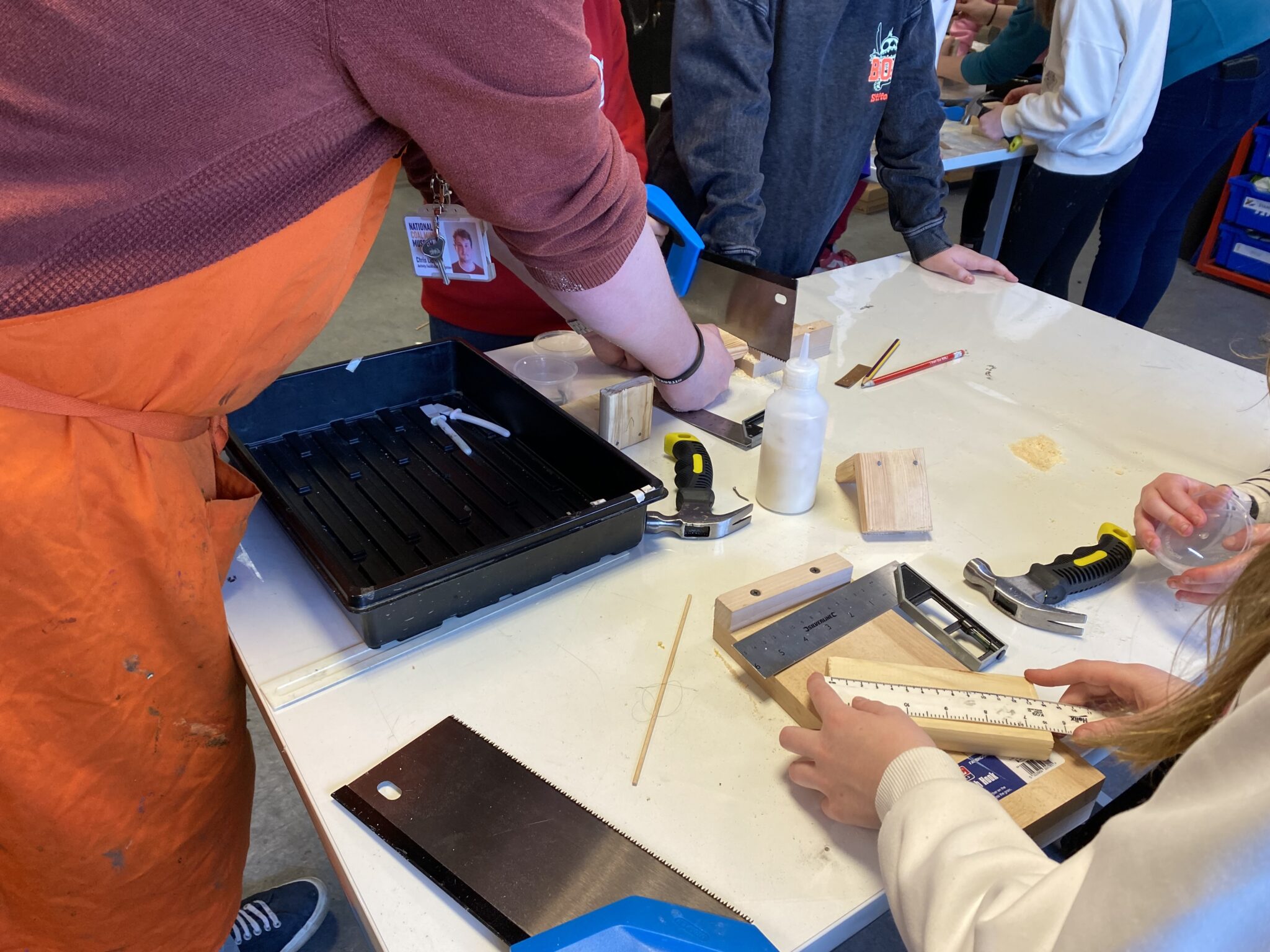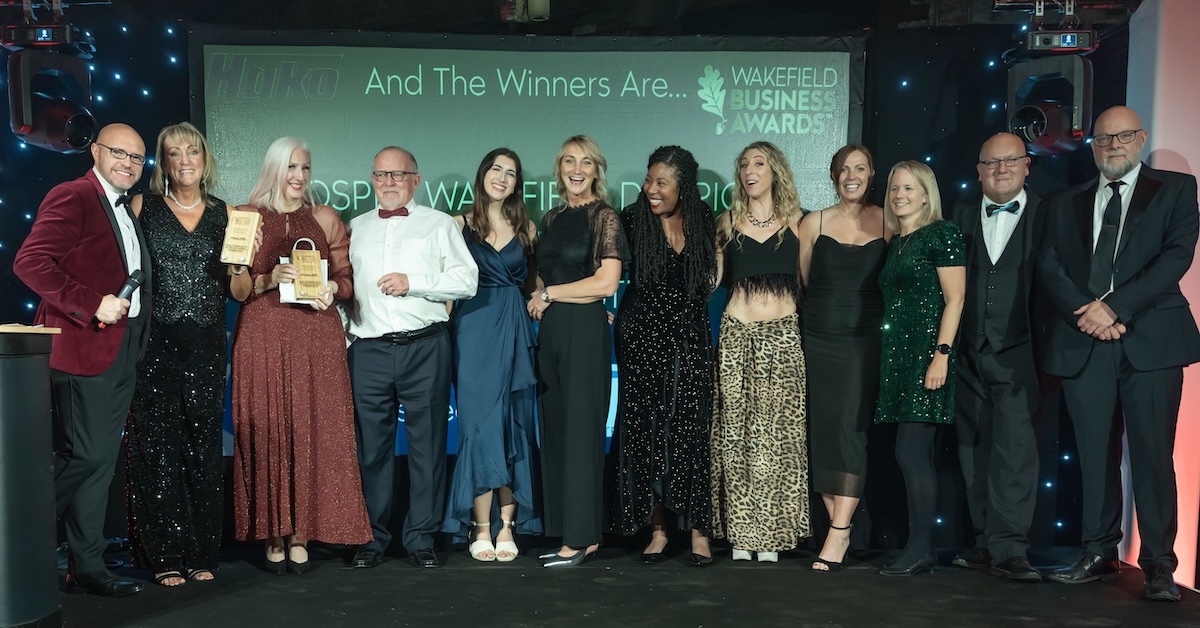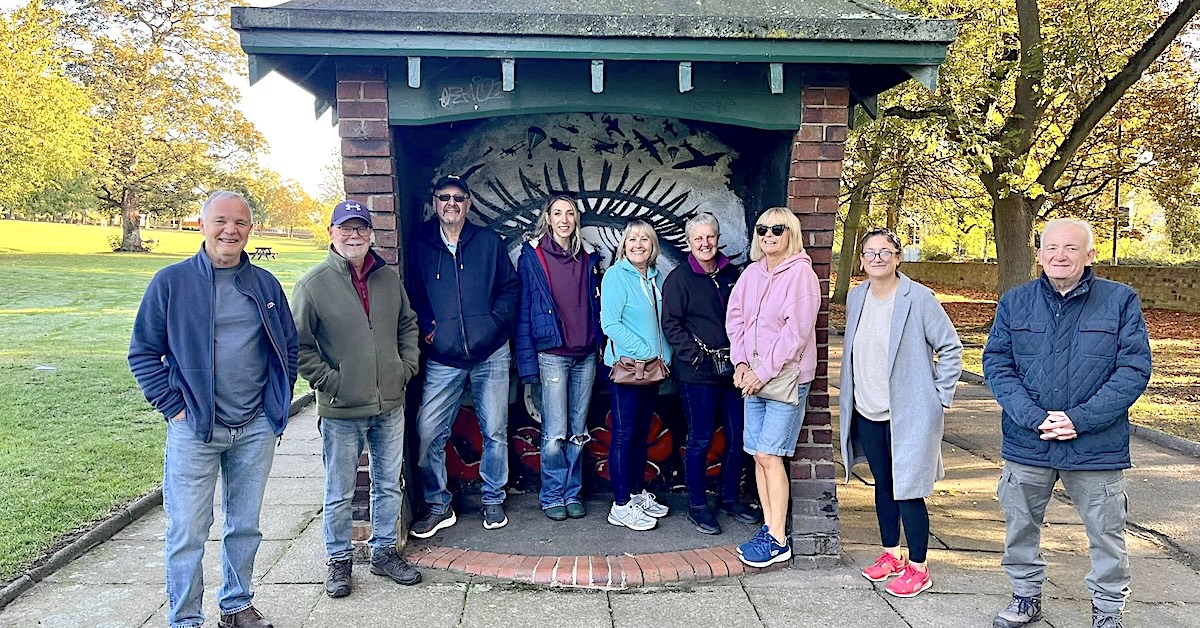
Set at the historic Caphouse Colliery, this place brings coal mining history to life with underground tours, fascinating exhibitions, outstanding collections and even the chance to meet some very cute pit ponies. It’s hands-on, engaging, and perfect for all ages.
It’s not just about looking back; The museum is a real community champion, working hard to make sure everyone can connect with this important part of Wakefield’s heritage. Thanks to funding from Prosper Wakefield District, they’ve been able to tackle challenges like schools hit by rising transport costs by hiring coaches to bring children directly to the museum to take part in new workshops exploring the links between coal mining, nature and the environment. Once there, the fun really begins! Kids get stuck into a Mini-beasts Unearthed workshop looking at the various insects on site and the environments they live in, building bug hotels using woodwork skills and then placing them on the museum nature trail.
And it doesn’t stop there. With support from Prosper and The Wakefield Annual Children’s Charity Lunch (WACCL), the museum now has a growing community engagement programme with a dedicated community engagement officer, who’s making a real difference. From creating work experience placements for SEND students from Camphill College to developing outreach programs for care homes and dementia groups, they’re making sure everyone in the community feels included.
By keeping the stories of mining communities alive and building connections across Wakefield as well as ex-mining communities regionally and nationally, the National Coal Mining Museum isn’t just preserving history – it’s inspiring future generations.
We definitely recommend going to see it all for yourself, you’ll leave with a new appreciation for our region’s roots – and probably a soft spot for those adorable ponies too!
